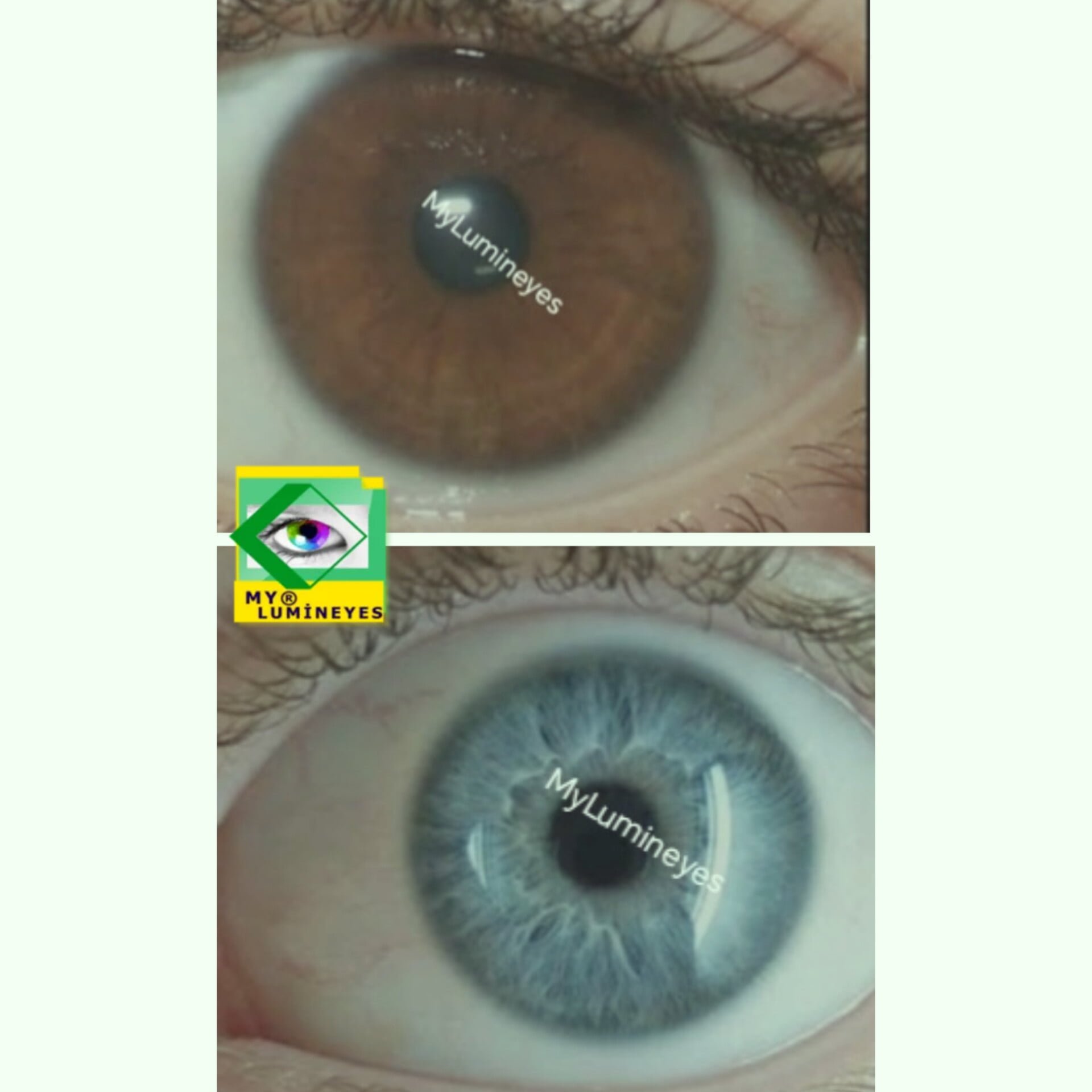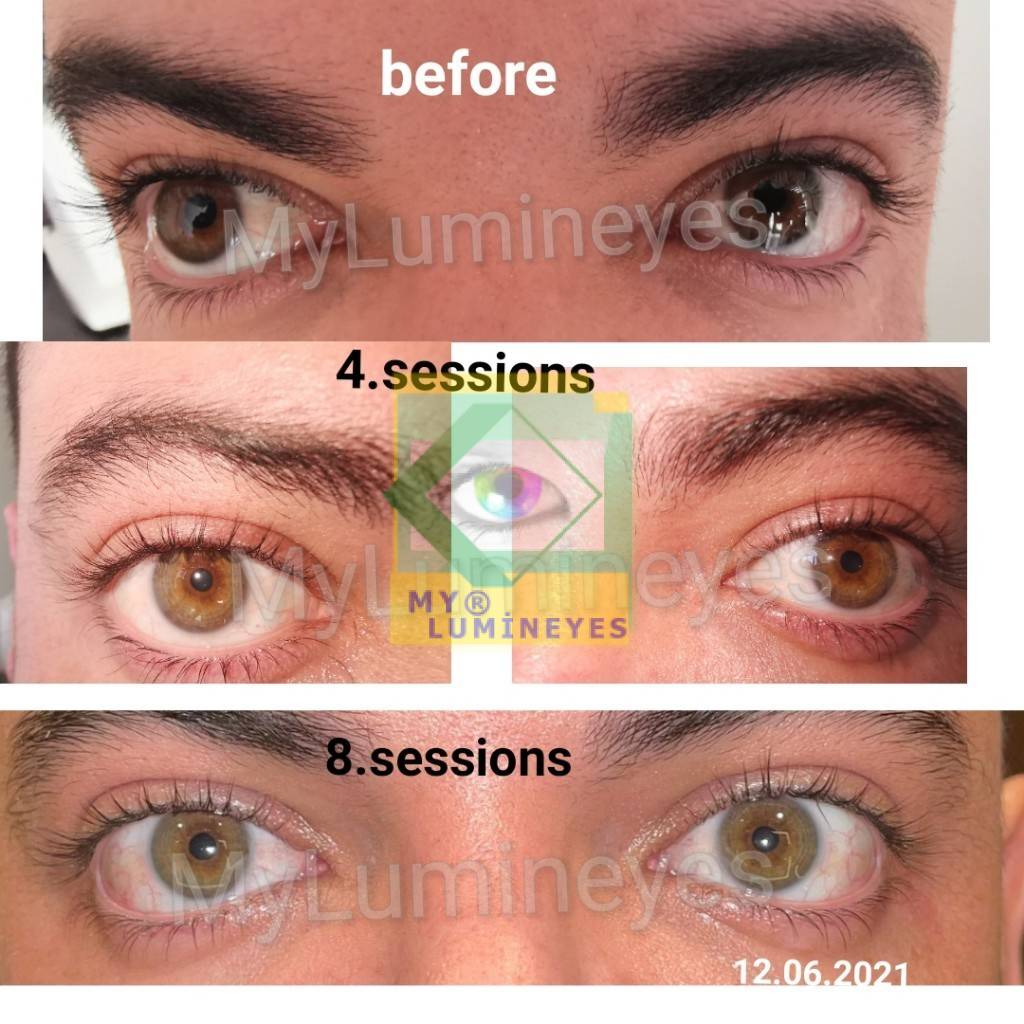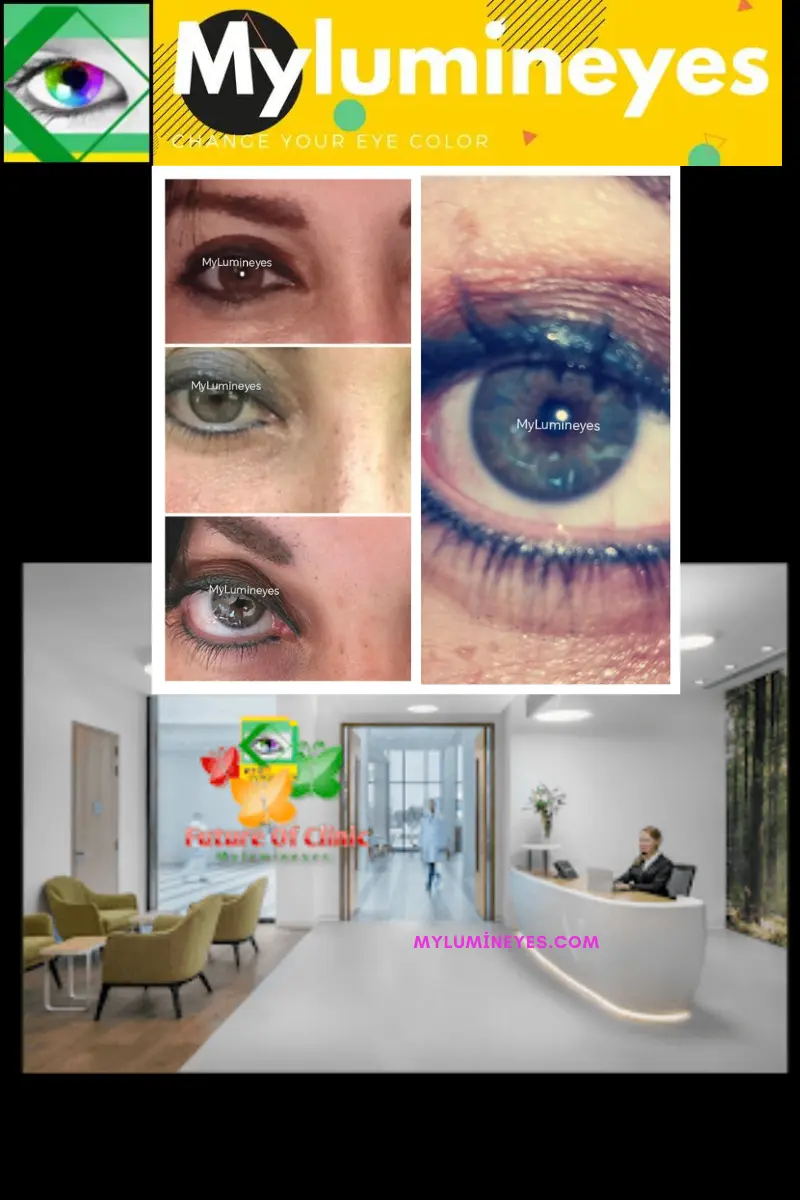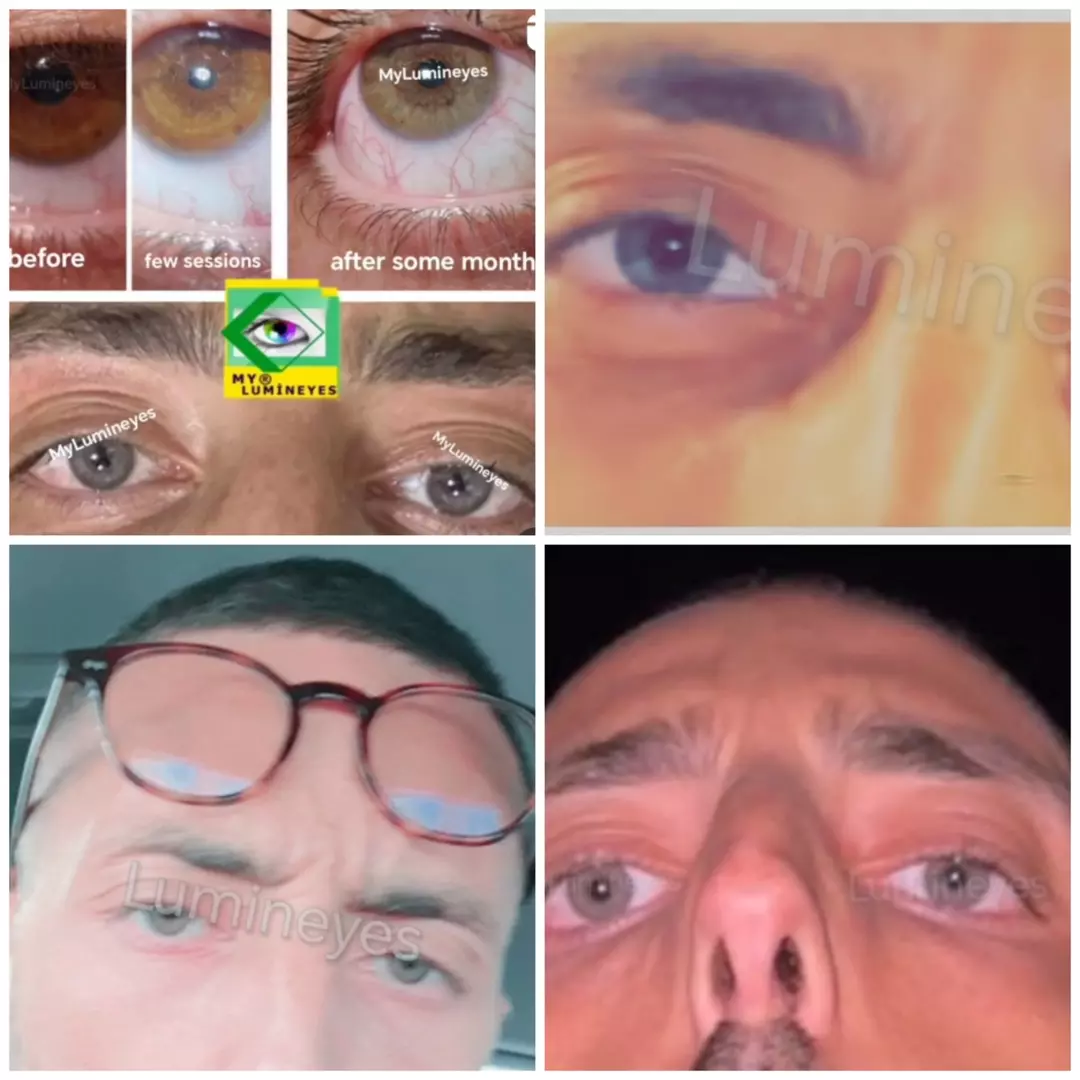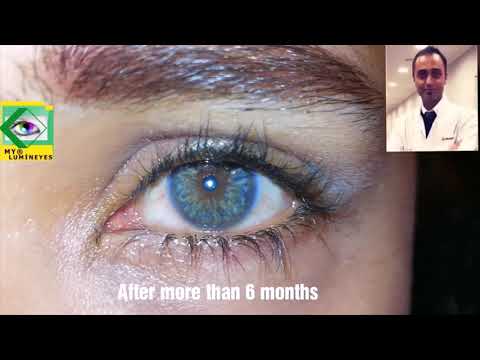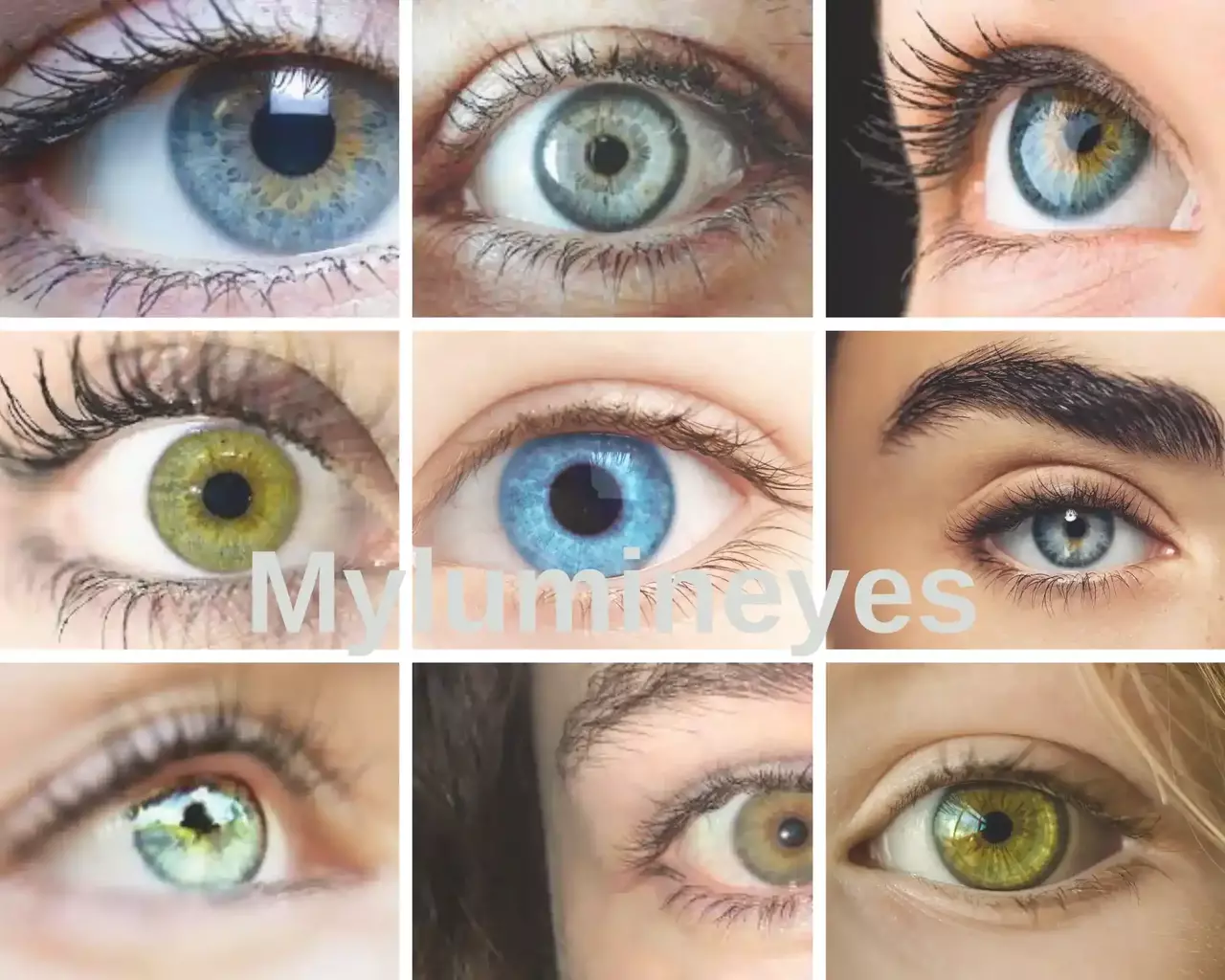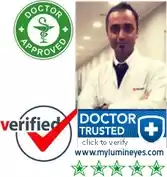Myopia, Hypermetropia and Astigmatism-Lasik eye surgery – Op. Dr. Mustafa Mete
Refractive surgery is the general name of the techniques used to treat myopia, hypermetropia and astigmatism in people who do not want to use glasses or lenses. It is also known as eye relief surgeries or eye scrubbing among the public. It is the process of number correction by removing a thin layer from the anterior part of the cornea with a bladeless laser and applying Excimer laser to the lower part with the Lasik eye surgery technique. The Lasik eye surgery technique corrects myopia, hyperopia and astigmatism in the eye. LASIK; It is a surgery that is approved by the US Department of Health (FDA) for a long time, which is famous for being a very harsh institution, and is considered very safe by all health authorities.
Most of the refractive surgical techniques are laser coated on the corneal layer. This treatment is unreasonable, especially in very high numbered people with special artificial lenses in the eye by making knife operations are less rarely applied refractive surgery.
Who Can get Laser Surgery?
- Those who are not able to use or use only glasses or lenses that are over 18 years old.
- Eye grades 0,50 diopter unchanged in last 1 year,
- Myopia up to 10 diopters, – Astigmatism up to 5 diopters, Hyperopia up to +5 diopters.
- Corneal texture thickness those who do not have
- systematic disease such as diabetes, rheumatism Those who do not have
- have any other disease in their eyes (corneal tortuosity such as keratoconus, eye pressure, etc.)

Laser treatment How does the process work?
Phase 1 (Examinations)
Candidates for refractive surgery should have a detailed eye examination. Measurement of eye grades, measurement of corneal thickness, measurement of eye baby diameter, biomicroscopy examination, measurement of eye tension, retinal layer is performed in detail. The basic examination in refractive surgery is corneal topography and is performed in other examinations (wavefront, corneal hysteresis, etc.) when necessary. The existence of systemic diseases such as diabetes, goiter, high blood pressure is questioned in detail. If the patient is using contact lenses before the examination, the contact lens should be averaged for 1 week; otherwise there may be mistakes in the eye examination and measurements.
If there are risky areas such as thinning, tears, holes in the retina, these areas are protected by argon laser technique. Argon laser treatment may require excimer laser therapy to be delayed for 3 weeks, but not treatment alone. It provides a more reliable application. After the evaluation of the examination and the results of the examination, the expertise will be determined by the refractive surgeons who are laser. Laser treatment can not be done on the same day because the pupil grows because of a drip inspection and needs to wait for some time to return to normal.
Stage 2 (Treatment):
LASIK surgery is a very short treatment and patient-friendly treatment, so there is no need to worry about surgery and tension. Eye drops are used as anesthesia. There is no harm in eating the day of the patient’s treatment. The ladies should not have eye makeup that day. When the patient enters the laser chamber, he is asked to lie down on the back of the special laser bed. A sterile covering is covered, and eyelids are opened with a special and reliable apparatus for preventing the eyes from breaking during the treatment. Laser treatment lasts about 4-5 minutes for each eye, and pain and pain are not felt. It is very important for the patient to be comfortable during treatment and to follow the instructions of my physician. The patient comes out of the laser chamber untethered after the treatment is finished.
Stage 3 (post-treatment care):
The patient who has completed the laser surgery is kept for some time according to the type of treatment and is taken to the control examination or sent home after the operation. First day; blurred vision and 3-4 hours in the eyes, burning and watering are normal. If a headache after laser is felt, a painkiller can be taken. The car should not be used on the day of surgery and should not be taken. Avoid dusty environment, treated eyes should not be rubbed for the first 24 hours, not scratchy, handwashing, face washing and bathing. In the first days you should be careful not to run away with eyebrow soap and shampoo.
The day after the operation, there will not be any side effects that would limit social and business life. During LASIK therapy, it may be necessary to wash the bottom of the flap if the wrinkle in the transparent area of the eye surface is detected during the next day’s doctor’s supervision or if there is a reaction under the flap (valve). However, this procedure is a simpler application than operative. During PRK-like surgery, day after surgery, the contact lens is removed. Antibiotic and steroid drops are used for the first 1 month after surgery and artificial tears are used for 3 – 6 months.
Refractive Surgical Methods
LASIK (lamellar surgery = flap surgery)
Get numb with eye drops. A flap with a diameter of 8.5-9.5 mm with a thickness of 90-160 microns is removed. Once the flap is removed, the stroma is eximer laser treated. The flap is then repositioned. Comfort is better because PRK treatment remains in the site of the excised epithelium, and early picture improvement is achieved. Today, refractive surgery is the most preferred surgical procedure. Up to 5 D – 10 D spherical and up to 5 D astigmatism can be treated. According to the lifting type of flap, it is divided into 2:
a) Conventional LASIK: The flap is made mechanically by keratom then excimer laser ablation is done.
b) Femto-LASIK (Laser without knife): Femtosecond laser is used to create the flap, followed by excimer laser ablation.
iLASIK (Laser without special blade)
iLASIK treatment is done with the benefit of the individual corneal map (wavescan system), which is called wavefront map of the person, and it is applied in the treatment. This treatment is a combination of femtosecond laser and personalized treatment (Advanced CustomVue ™). It is a preferred technique for avoiding scattering, scattering and ghosting around the light after laser, particularly in patients with night vision problems or large pupils. NASA and the American Army have approved astronauts and air force pilots to become ILEASIK treatments. This approval has shown that the ILASIK technique gives positive results even to those who must have very strong and special vision, exposed to professionally incredible natural conditions like astronauts and pilots.
In laser treatment, it is very important for the device to shoot at the planned point of the eye. This means that there must be a digital eye-tracker between the device and the eye. This technology, unlike the eye tracking systems we know, follows its movement around its axis.
Fotorefraktif keratektomi (PRK)
The cornea is scraped with an epidermal knife and applied to the stroma layer of the eximer laser cornea. Protect from infection and pain by attaching contact lenses for 3-4 days until the epithelium is renewed again. It is advantageous that the flap is not removed and the risk of ectasia is low. The most important disadvantages are complaints of pain, stinging and watering up until the epithelium is updated. Also, the length of the healing period is long, the blur called haze, and the regression, which means that some or all of the numbers are returned when high numbers are applied, are other unwanted situations. Usually myopia up to 5, hypermetropia up to +3 and astigmatism up to 3 are applied.
No Touch technique (trans-PRK)
It is generally the same as the PRK technique. The laser beam is used instead of the blade to remove the facial corneal epithelium. Difference from PRK and the disadvantage of the device is that the thickness of the device is 50 microns. However, since epithelium thickness differs from person to person, there may be incomplete or excessive scraping of epithelial scraping. On the other hand, the results were found to be the same as PRK.
Lazer epithelial keratomilieusis (LASEK)
It is similar to the PRK. The epithelium is removed using 18-20% alcohol for 15-30 seconds and the epithelium is covered after eximer laser ablation.
Epithelial laser assisted in-situ keratomileusis (Epi-Lasik eye surgery)
Similar to PRK. The epithelium is removed by mechanical microkeratome and the epithelium is covered after eximer laser ablation.
Lenticular extraction (SMILE)
With femtosecond laser technology, a thin lenticule (disc-shaped tissue) is created in one eye in the cornea of the eye. The surgeon benefits from the created lenticule out of the cornea by a 3.8-inch opening in the cornea. It is a advanced laser technology technique that allows the treatment of myopia and astigmatism up to myopia-10, astigmatta-5 with bladeless SMILE laser technique. There is no need to cut any flap (flap). Correcting the loss of cornea in the eye by changing the shape of the resulting cornea to benefit the lenticule created in the eye. Corneal biomechanics are less affected than other laser surgeries because no flap is created.
The most powerful corneal biomechanics after laser surgeries are obtained after the SMILE procedure. It is the most appropriate treatment technique for athletes and occupational groups who are at risk of exposure to the pulse and the press. The SMILE treatment technique can be done with Zeiss’s Visumax Femtosecond laser system.
Complications of Corneal Laser eye corrections
Dry eye:
Normally after refractive surgery, ophthalmologic ophthalmologist becomes ophthalmologist and usually postoperative 3-6 months. Temporary lack of tears and dry eyes; it has been shown that the production of tears in the first six months after the laser has decreased to its previous level. During this time, laser-operated people need to use sunglasses and artificial tears. It is most commonly seen after LASIK.
Infection
Flap complications:
These complications are specific to LASIK surgery. Such as flap tear, decentralized flap, cell migration under flap, flap wrinkle and so on.
Haze (Corneal turbidity):
Eyes are blurred in the second-third month after PRK laser eye surgery. Deep treatment of high myopia occurs after PRK. Steroidal drops reduce the haze of mitomycin C during laser use.
Incomplete or over-treatment is seen in hyperopia at -10.00 D in myopia and above +6.00 D.
Corneal ectasia:
Irregular astigmatism and blurring of vision occur with the cornea beginning to thin. The most important risk factor for corneal ectasia is abnormal corneal topography findings.
Halo-Glare:
The inconsistency between the size of the eye doll and the treatment zone arises.
Regression:
After treatment, some or all of the eye grades return.

